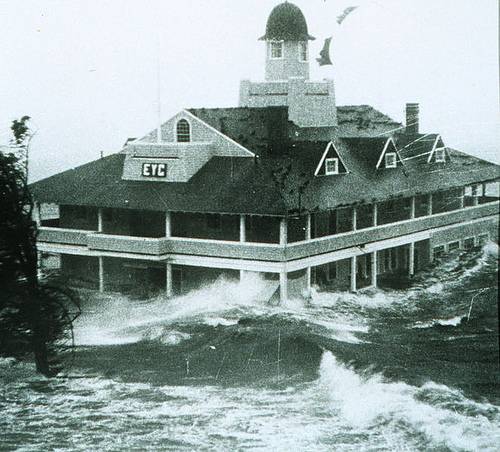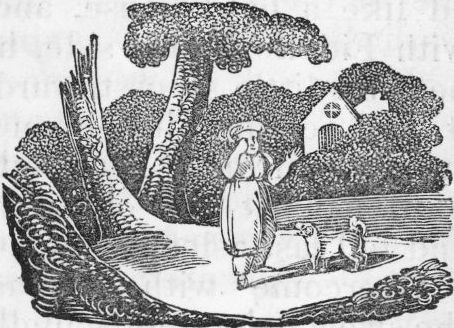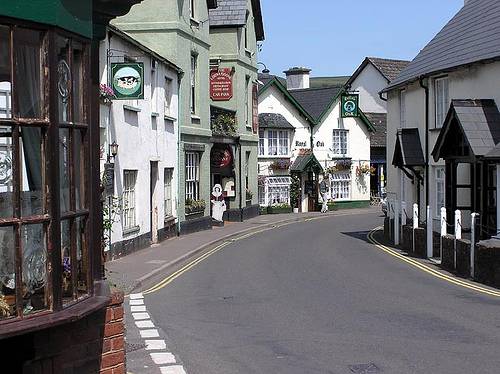“No human thing is of serious importance.” — Plato
Author: Greg Ross
Arboreal Genocide?
During aerial surveys in 1992, German forestry students were surprised to see a giant swastika north of Berlin. Apparently locals had planted larches in that pattern in 1937, presumably to prove their loyalty to the party. After the war it was forgotten, as the effect could be seen only from the air, and only as the leaves changed.
When the giant Nazi symbol was rediscovered, though, Brandenburg authories worried that it would attract right-wing extremists — so they started cutting down the larches. In the end, 68 of the 100 trees had to fall before the effect was obscured. There’s an irony here, somewhere …
Here We Go Again

Hurricane Carol hits the Rhode Island Yacht Club, 1954.
Hurricanes seem to run in cycles of 50-70 years. Destructive storms were common between 1926 and 1960, but five of the 10 most expensive storms in U.S. history have occurred since 1990.
Rods to the Hogshead
Only three nations have not switched officially to the metric system: Liberia, Myanmar, and the United States.
Who?
In May 2005, someone delivered a box of ashes to the council chambers of Queanbeyan, a city in New South Wales, Australia. It was engraved with the words “Elizabeth Clarke Cunningham, Aged 59 years, Died 13 June 1997.”
The box was passed on to the New South Wales police, but no one has been able to discover who Cunningham was, whether she had any relatives, or who delivered her ashes.
A Bedtime Story

“At length, the moon arose in great splendour, and little Henry saw at a distance an old abbey, all covered with ivy, and looking so dark and dismal, it would frighten any one from going in. But Henry’s little heart, occupied by the idea of his mamma, and with grief that he could not find her, felt no fear; but walking in, he saw a cell in the corner that looked like a baby-house, and, with Fidelle by his side, he bent his little steps towards it, and seating himself on a stone, he leaned his pretty head against the old wall, and fell fast asleep.”
— From The Extraordinary Adventures of Poor Little Bewildered Henry, Who Was Shut Up In An Old Abbey For Three Weeks, A Story Founded on Fact, 1850
In a Word
roscid
adj. dewy
Långrocken
In 1893, five years after Jack the Ripper disappeared from London, someone began attacking and raping women and girls in the Swedish city of Norrköping.
He struck in the early snowy months, all over Norrköping and always after dark, alarming the city, which came to know him as Långrocken, “the Longcoat.” As many as 18 undercover policemen patrolled in women’s clothes in an attempt to trap him, to no avail.
The attacks stopped suddenly in the spring. The crimes have never been solved.
Porlock’s Contribution

Samuel Taylor Coleridge’s famous poem “Kubla Khan” (“In Xanadu did Kubla Khan/A stately pleasure-dome decree”) is considered a high point of Romanticism, but it’s incomplete. Coleridge said he had seen the entire course of the poem in a dream, but was interrupted while writing it down:
On awakening he appeared to himself to have a distinct recollection of the whole, and taking his pen, ink, and paper, instantly and eagerly wrote down the lines that are here preserved. At this moment he was unfortunately called out by a person on business from Porlock, and detained by him above an hour, and on his return to his room, found, to his no small surprise and mortification, that though he still retained some vague and dim recollection of the general purport of the vision, yet, with the exception of some eight or ten scattered lines and images, all the rest had passed away like the images on the surface of a stream into which a stone has been cast, but, alas! without the after restoration of the latter!
To this day no one knows the identity of the “person from Porlock” or what his business was, but he left Coleridge with only 54 lines.
“Epitaph on a Potter”
How frail is man–how short life’s longest day!
Here lies the worthy Potter, turned to clay!
Whose forming hand, and whose reforming care,
Has left us full of flaws. Vile earthenware!
— The Mirror of Literature, Amusement, and Instruction, Jan. 15, 1831
